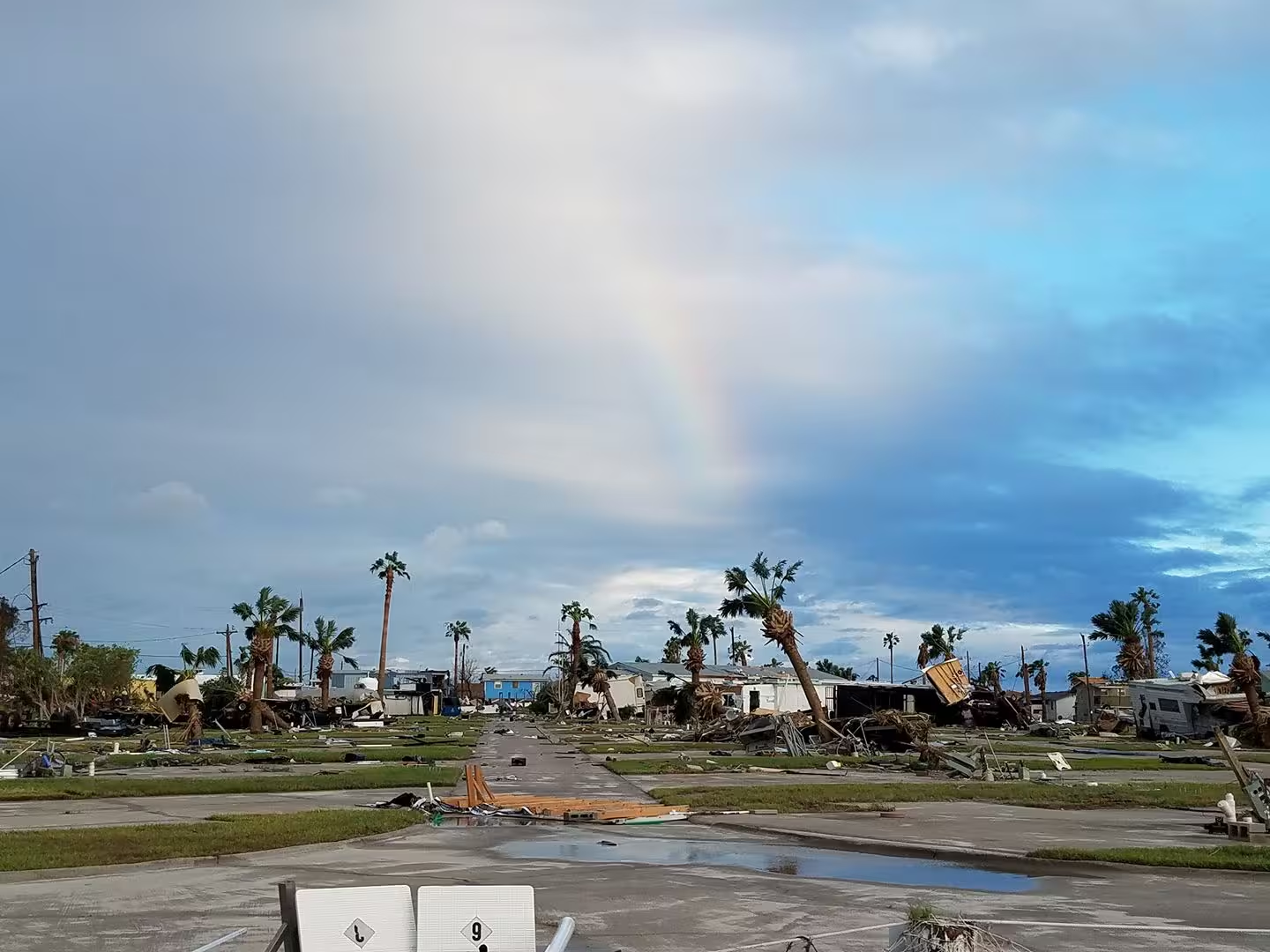

The Committee for Disaster Preparedness and Response of the Episcopal Diocese of West Texas works in collaboration with churches, the diocese, and local organizations to respond to disasters, to provide support for full and sustained community recovery, and to share disaster preparedness resources.
The Episcopal Diocese of West Texas and the commission recommend all diocesan churches and institutions utilize one of the three Preparedness Planning Guides provided by Episcopal Relief & Development (ERD) as a first step towards disaster preparedness.
Disasters can occur at any time of year and may come with little or no warning. It is increasingly important for all diocesan institutions to have a preparedness plan in place before a disaster occurs, whether it is a hurricane, flood, fire, tornado, active shooter event, or other catastrophic occurrence. A disaster is an overwhelming experience, but there are actions individuals and churches can take ahead of time to help ease the process. All disaster recovery efforts benefit from a foundational level of preparedness.
After completing one of the disaster preparedness plans below, the diocesan Committee on Disaster Preparedness and Response encourages making a physical copy of the plan available in an easy to access and well-marked location. Educate staff and congregational leaders about the plan and its location. The committee also recommends storing a digital copy online, so that it can be accessed off-site.
Proactively creating even the most basic disaster plan is critically important for our churches and schools.
FEMA MAP SERVICE: The Federal Emergency Management Agency (FEMA) provides a large amount of valuable information the public can use. Someone facing an emergency that needs information on either a county or census tract level can FEMA's map service. Included are instructions to assist with using the tool. This tool offers the ability to investigate by county what potential weaknesses exist in preparedness, as well as to access a map with population information, inclusive of all weather warnings that demonstrate how extensive of an impact is possible.
Social Media: DWTXDisasterRecovery